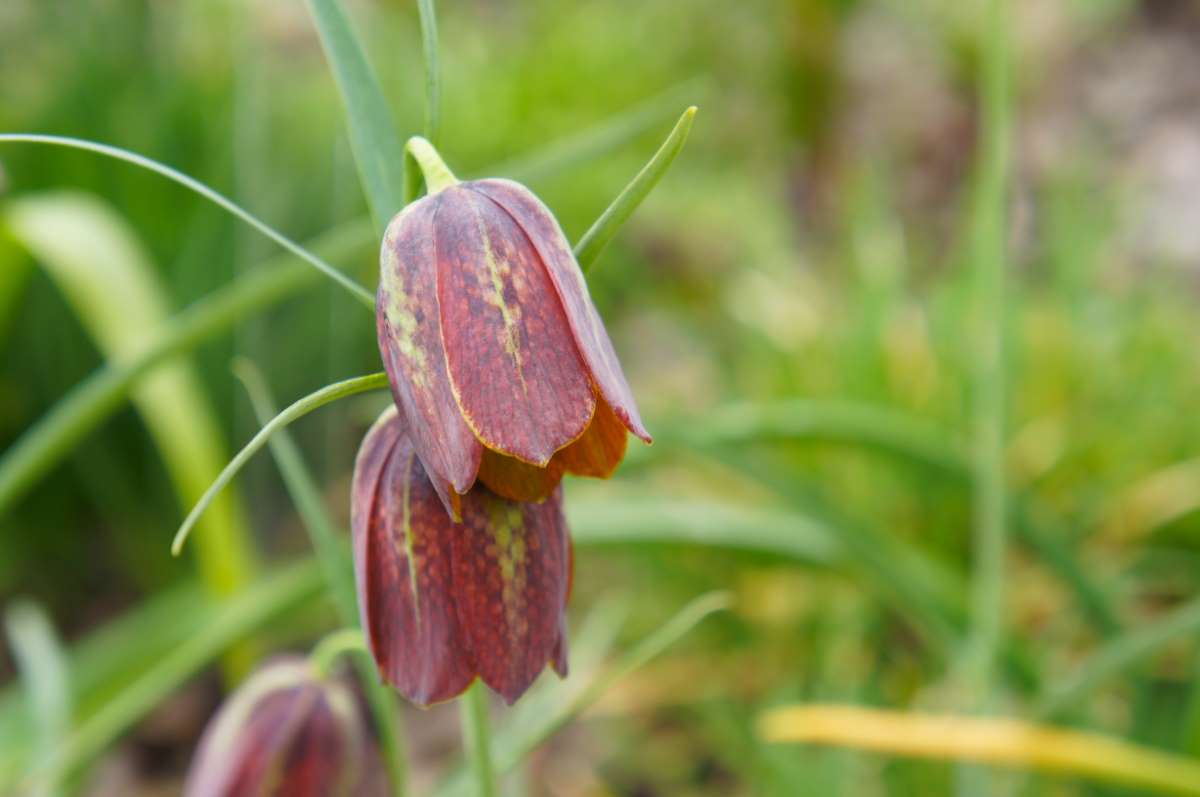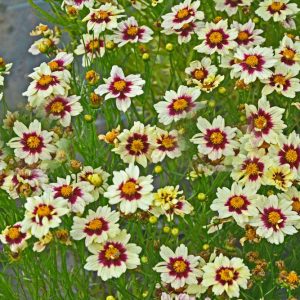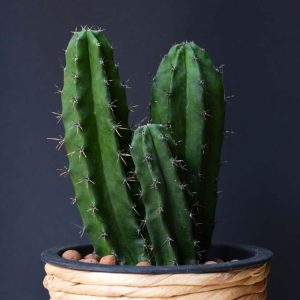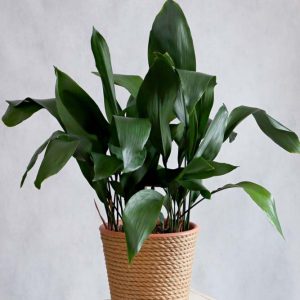Description
Fritillaria – Fritillary –
There are about 100 species of difficult to grown bulbous perennial, in this genus. They occur in a range of habitats, from woodland to open meadows and high screes, distributed throughout the temperate regions of the Northern Hemisphere, particularly the Mediterranean, Southwestern Asia, and Western North America. Each bulb has 2 or more scales, and sometimes abundant basal bulblets. The leaves are usually lance shaped or linear, with one, rarely two, wider basal leaves, and several alternate, opposite, or whorled stem leaves. In some species, there is an involucre of lif like bract above the flowers. The flowers, born in spring or early summer, are usually nodding and solitary, or in terminal racemes or umbels, and have 6 tepals. They are bell, tubular, or saucer shaped, frequently checkered, and have conspicuous nectaries at the base of the tepals. The fruits are capsules.
Grow in a rock garden, in a raised bed or border, or in a woodland garden, depending on cultivation need. Smaller species 2-6″ tall, often need the protection of a bulb frame or alpine house.
Mostly quite frost hardy, plant bulbs in early fall in part shade to full sun. Handle the fragile bulbs carefully and plant at 4 times their own depth. Large hollow-crowned bulbs, such as F. imperialis, are very prone to rot and so are best planted on their sides, surrounded bey perlite or very sharp sand. Under glass, grow in soil based potting mix, with added grit and leaf mold in full light. Water moderately during growth and keep almost dry when dormant.
For ease of reference, the varying cultivation requirements of the different groups have been classified as follows. All except group 3 need a continental climate, or indoor conditions that approximate it: Ideally a dry winter and summer, and a damp spring.
- Toughest, most tolerant species, suitable for a sunny border or rock garde. Need fertile, well drained soil in full sun.
- Fairly robust species, but intolerant of rainfall while dormant. Need sharply drained, moderately fertile soil and full sun. Suitable for a rock garden or raised bed, can be grown in a bulb frame or alpine house
- Damp meadow or woodland species, needing humus rich, moisture-retentive soil with added leaf mold and full sun to light shade. Grow best in areas with cool, damp summers.
- Species intolerant of excessive moisture. Usually small, needing fertile, well drained soil and full sun, with shelter from rain. Grow in a bulb frame or cold greenhouse, to keep bulbs almost dry when dormant.
Prone to rust, and leaf spot.
F. davisii – This bulbous perennial from Southern Greece grows 6″ tall. It produces opposite, broadly lance shaped, gray green, mainly basal leaves, 1 ½-4 ½” long. In spring it bears 1-3 broadly bell shaped, nodding green flowers, to 1″ long, often with yellow edged tepals and brown or black checkering. Cultivation group 4.
Zones 6-9





